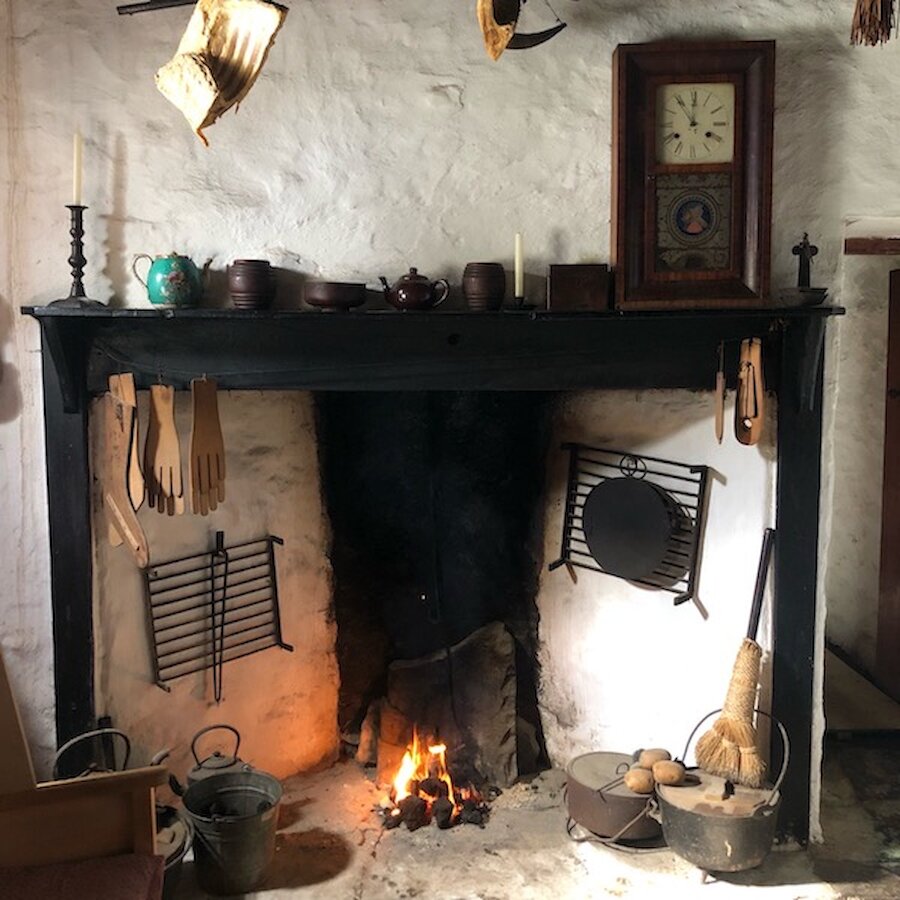Shetland does however have a few traditions of its own – serving reestit mutton tattie soup and bannocks being one of them. But New Year runs much deeper here than merely ‘flesh and bannocks’ and, in the past, New Year was celebrated very differently, and like Christmas, was held on a different date than today. However, there are still parts of Shetland, such as Foula (our most westerly island), and parts of Unst (our most northerly), that celebrate old New Year on the 12th (or 13th) January.
In the 16th century, Pope Gregory introduced the Gregorian Calendar to bring the calendar year back in line with solar equinoxes; as a result, the dates all shifted, bringing Christmas (Yule) and New Year (Newerday) forward 10 days (from the 5th and 12th). But, the festive celebrations were still held as they had been traditionally, following the Julian Calendar. There were further discrepancies when adopting this new calendar system, and Foula lagged behind the rest of the islands holding their celebrations on the 6th and 13th – they probably introduced the calendar changes in 1800 during a leap year, creating this extra day.



